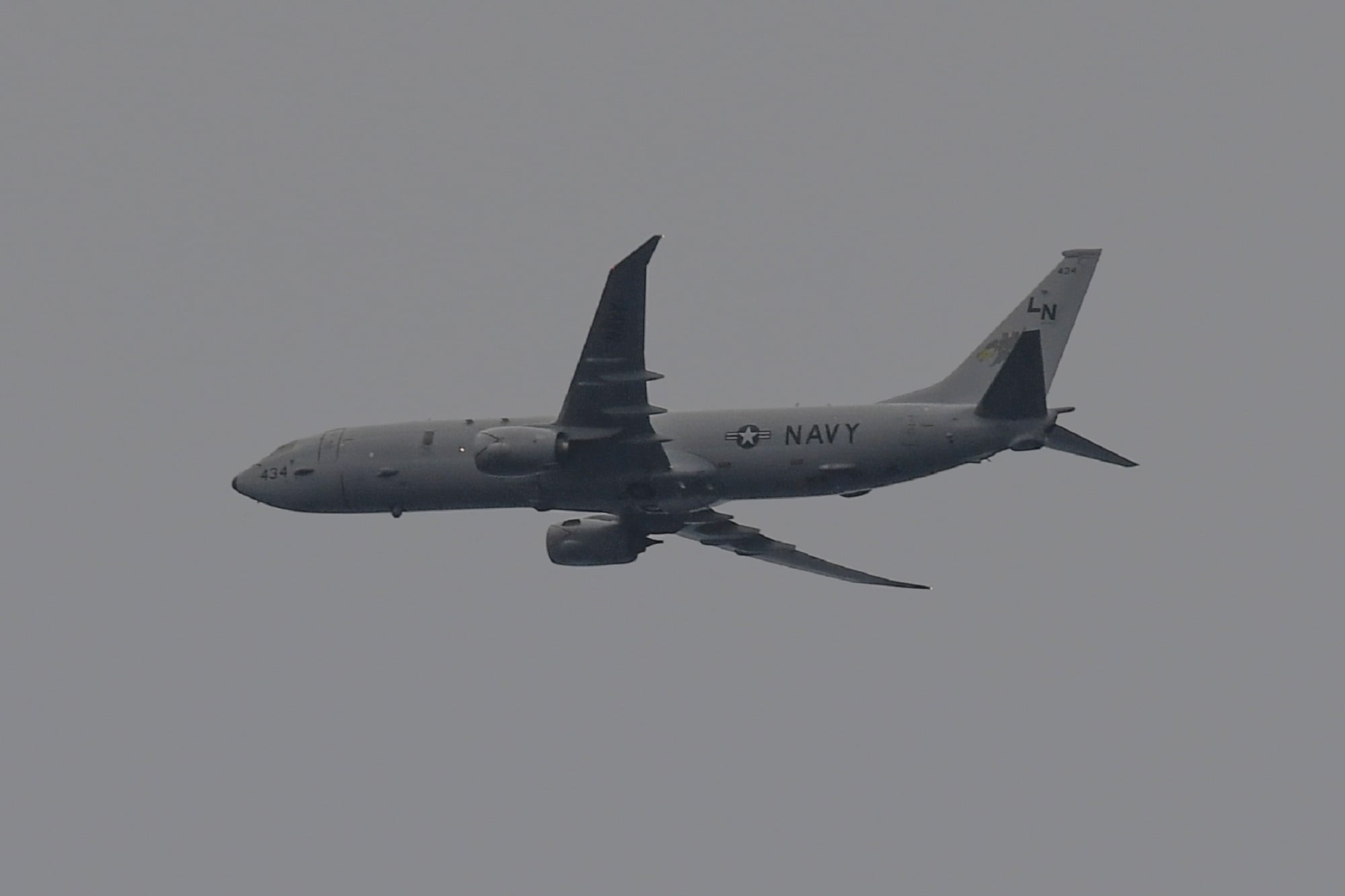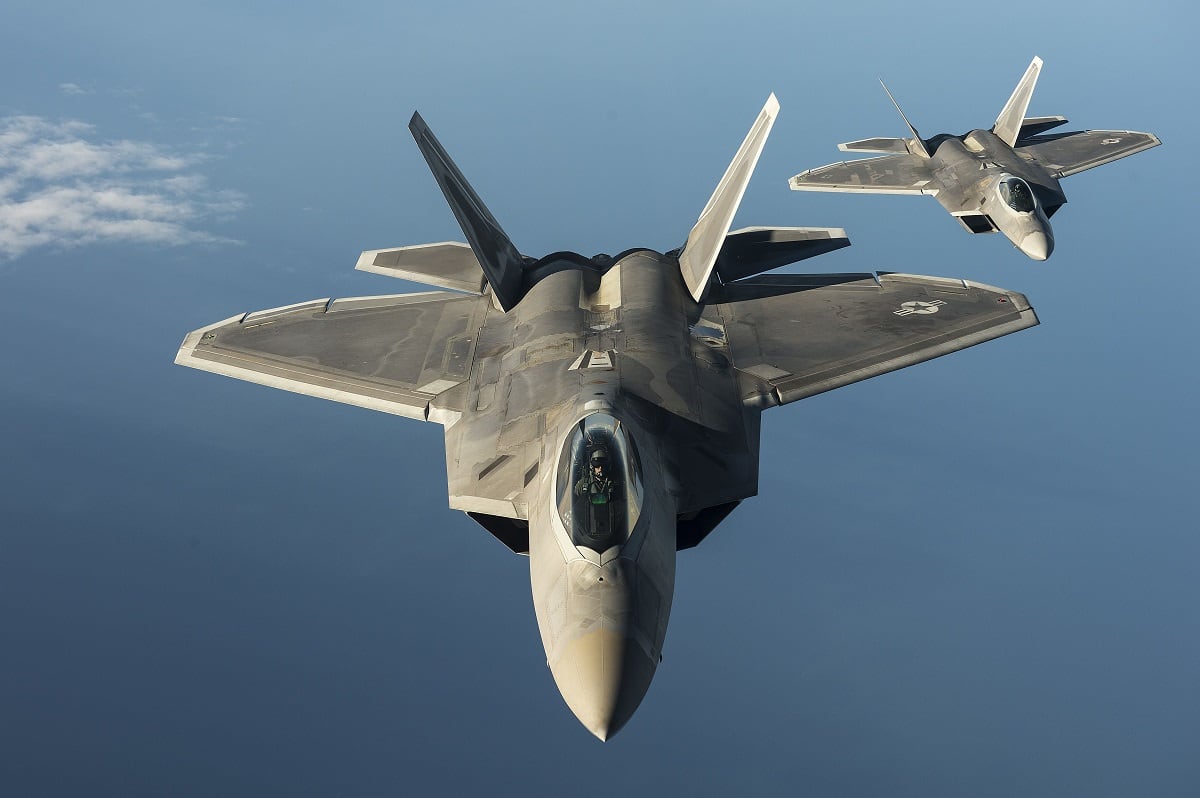A flight of long-range Russian bombers were intercepted by American fighter jets off the western coast of Alaska Friday.
Two U.S. Air Force F-22 “Raptor” fighter jets intercepted and visually identified what North American Aerospace Defense Command, or NORAD, said were two Russian Tu-95 “Bear” long-range bombers north of Alaska’s Aleutian Islands.
After the U.S. jets conducted the intercept, they continued to monitor the Russian bombers until they left the air defense identification zone, NORAD said in a statement to Military Times.
At no time did the bombers actually enter U.S. airspace, NORAD said.
An air defense identification zone, or ADIZ, is airspace over land or water in which the identification, location and control of aircraft is jointly performed by civilian air traffic control and military authorities in the interest of national security.
The ADIZ often includes international airspace, a NORAD public affairs official said. The zone extends roughly 200 miles from the U.S. coastline, and it’s “perfectly normal” for international aircraft to move through it.
“In fact, you could go 13 miles off the coast and you’d be absolutely fine. It’s when you cross 12 miles [from the coast] that things could get interesting,” the official said.
That did not happen in this case.
RELATED

“At approximately 10 a.m. ET, two Alaskan-based NORAD F-22 fighters intercepted and visually identified two Russian Tu-95 ‘Bear’ long-range bomber aircraft flying in the air defense identification zone around the western coast of Alaska, north of the Aleutian Islands,” NORAD spokesman Canadian Army Maj. Andrew Hennessy said in the statement.
In a press release regarding the same incident, Russian Ministry of Defense officials said their bombers were conducting a routine flight over neutral waters in the Arctic Ocean.
The Russian bombers were reportedly training alongside Russian Tu-142 anti-submarine aircraft over the Bering Sea and the Sea of Okhotsk, according to the Kremlin’s statement.
RELATED

“Two U.S. Air Force’s F-22 fighters were escorting the Russian aircraft along the patrol route [for] 40 minutes at a distance of 100 [meters],” the translated statement reads. “All flights are made in strict compliance with the International Rules for the Use of Airspace, not violating the borders of any foreign countries.”
The NORAD public affairs official characterized the incident as ”perfectly legal” and “perfectly normal.”
Indeed, Russian aircraft are regularly intercepted by their American counterparts, and vice versa.
Earlier this year, Russian Sukhoi Su-27 fighter jets intercepted a U.S. Navy EP-3 Aries — a signals and reconnaissance aircraft — over the Black Sea. That intercept, however, was deemed unsafe by U.S. Navy officials, who claimed the Russian aircraft came within 5 feet of the American crew before crossing through their flight path, according to a statement from U.S. Naval Forces Europe-Africa.
F-22s have also intercepted Russian aircraft recently in the congested airspace over Syria. In December, two Raptors intercepted and even fired warning flares at Russian Sukhoi Su-25 jets after the Russians had reportedly crossed the agreed upon deconfliction line marked by the Euphrates River.
Kyle Rempfer was an editor and reporter who has covered combat operations, criminal cases, foreign military assistance and training accidents. Before entering journalism, Kyle served in U.S. Air Force Special Tactics and deployed in 2014 to Paktika Province, Afghanistan, and Baghdad, Iraq.





